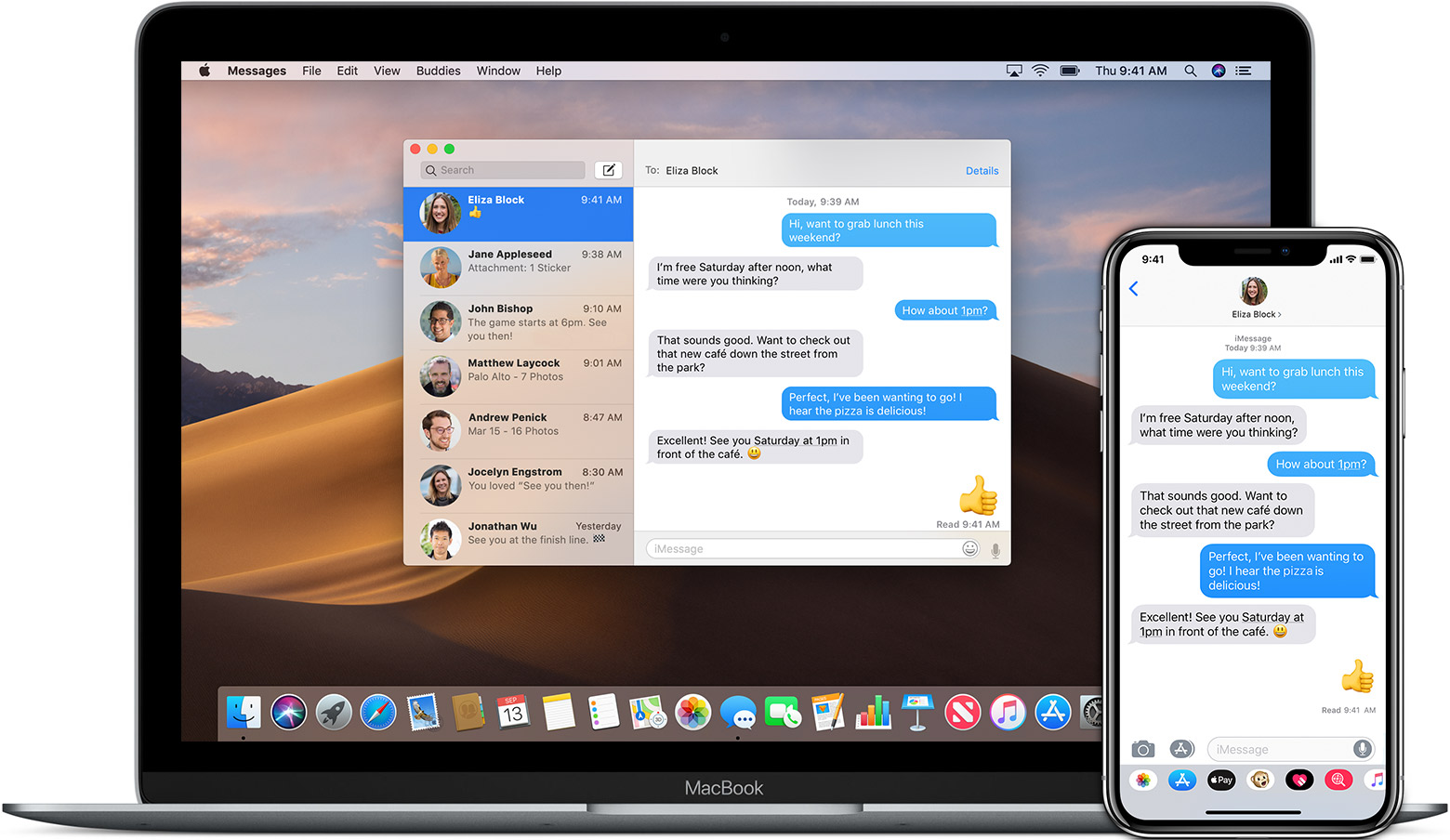Apple Mac How To Use
Native Mac apps built with Mac Catalyst can share code with your iPad apps, and you can add more features just for Mac. In macOS Big Sur, you can create even more powerful versions of your apps and take advantage of every pixel on the screen by running them at native Mac resolution. Apps built with Mac Catalyst can now be fully controlled using just the keyboard, access more iOS frameworks, and take advantage of the all-new look of macOS Big Sur. There’s never been a better time to turn your iPad app into a powerful Mac app.
. Control your slideshow from iPhone, iPad, Apple Watch, or iPod touch with Keynote for iOS iCloud. Turn on iCloud so you can access and edit your presentations from your Mac, iPad, iPhone, iPod touch, and iCloud.com. Use Keynote for iCloud to access and edit your presentations from a Mac or PC browser Share a copy of your work. The Motorola 68020 was the first 32-bit Mac processor, first used on the Macintosh II.The 68020 had many improvements over the 68000, including an instruction cache, and was the first Mac processor to support a memory management unit, the Motorola 68851. The Macintosh LC configured the 68020 to use a 16-bit system bus with ASICs that limited RAM to 10 MB (as opposed to the 32-bit limit of 4 GB). The 'classic' Mac OS is the original Macintosh operating system that was introduced in 1984 alongside the first Macintosh and remained in primary use on Macs until the introduction of Mac OS X in 2001. Apple released the original Macintosh on January 24, 1984; its early system software was partially based on the Lisa OS and the Xerox PARC Alto computer, which former Apple CEO Steve Jobs. Most manufacturers use the FAT 32 or MS-DOS (FAT) volume format. These are Windows volume formats, but they can be read by Mac OS X. If your flash drive states that it was formatted with one of these volume types, you should be able to plug it into your Mac and use it without a problem.


Designed for macOS Big Sur.
When an app built with Mac Catalyst runs on macOS Big Sur, it automatically adopts the new design. The new Maps and Messages apps were built with the latest version of Mac Catalyst.
Get a head start on your native Mac app.
Apple Mac External Cd Drive How To Use
Your iPad app can be made into an excellent Mac app. Now’s the perfect time to bring your app to life on Mac. The latest version of Xcode 12 is all you need. Begin by selecting the “Mac” checkbox in the project settings of your existing iPad app to create a native Mac app that you can enhance further. Your Mac and iPad apps share the same project and source code, making it easy to make changes in one place.
Optimize your interface for Mac.
Your newly created Mac app runs natively, utilizing the same frameworks, resources, and runtime environment as apps built just for Mac. Fundamental Mac desktop and windowing features are added, and touch controls are adapted to the keyboard and mouse. By default, your app will scale to match the iPad’s resolution. On macOS Big Sur, you can choose “Optimize interface for Mac” to use the Mac idiom, running your app using the native resolution on Mac. This gives you full control of every pixel on the screen and allows your app to adopt more controls specific to Mac, such as pull-down menus and checkboxes.
Even more powerful.
The new APIs and behaviors in macOS Big Sur let you create even more powerful Mac apps. Apps can now be fully controlled using just the keyboard. You can create out-of-window and detachable popovers, control window tabbing using new window APIs, and make it easier for users to select photos in your app by using the updated Photos picker. iOS Photos editing extensions can now be built to run on Mac. And your app is even easier to manage when it’s running in the background with improved app lifecycle APIs.
Apple Mac Pro How To Use

Apple Mac How To Change User Name
New and updated frameworks.
Mac Catalyst adds support for new and updated frameworks to extend what your apps can do on Mac. HomeKit support means home automation apps can run alongside the Home app on Mac. The addition of the ClassKit framework lets Mac apps track assignments and share progress with teachers and students. Plus, there are updates to many existing frameworks, including Accounts, Contacts, Core Audio, GameKit, MediaPlayer, PassKit, and StoreKit.
Daily Stories. From exclusive world premieres to behind‑the‑scenes interviews, original stories. Online store apps.
Tools and resources.
Download Xcode 12 beta and use these resources to build native Mac apps with Mac Catalyst.
